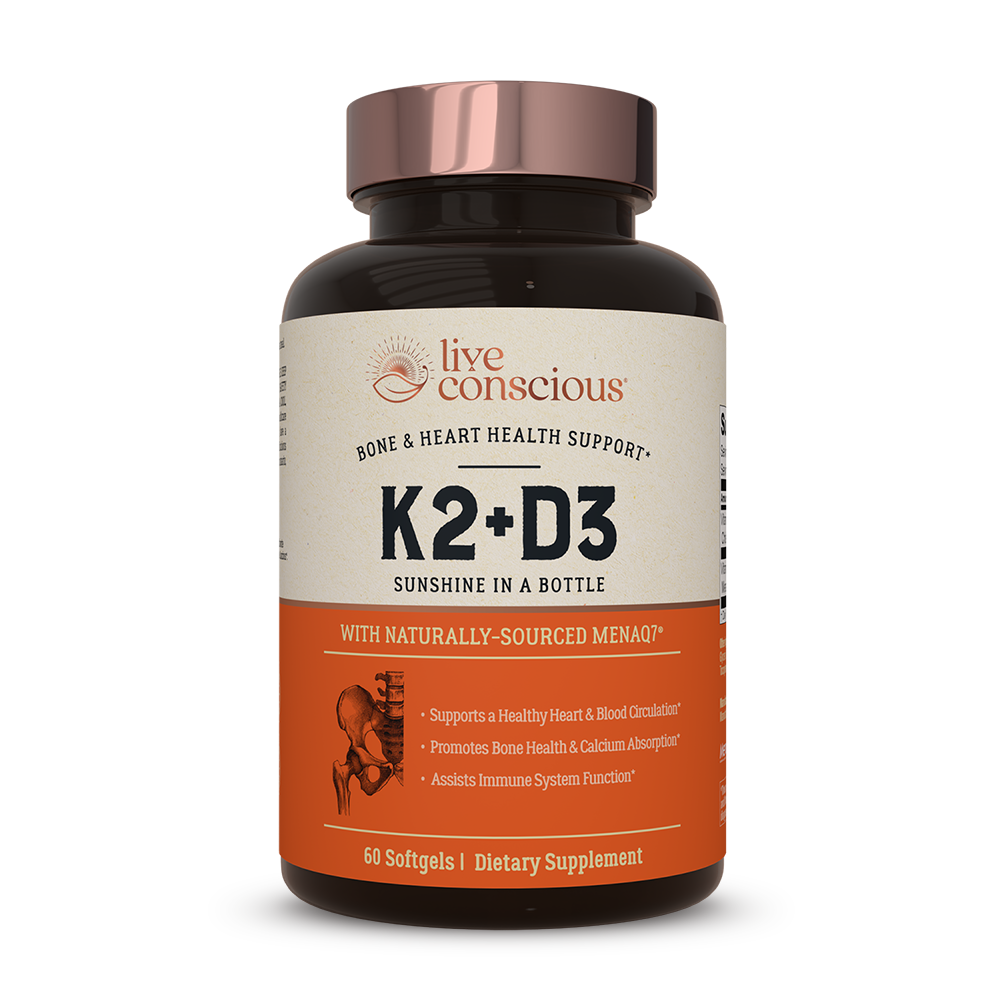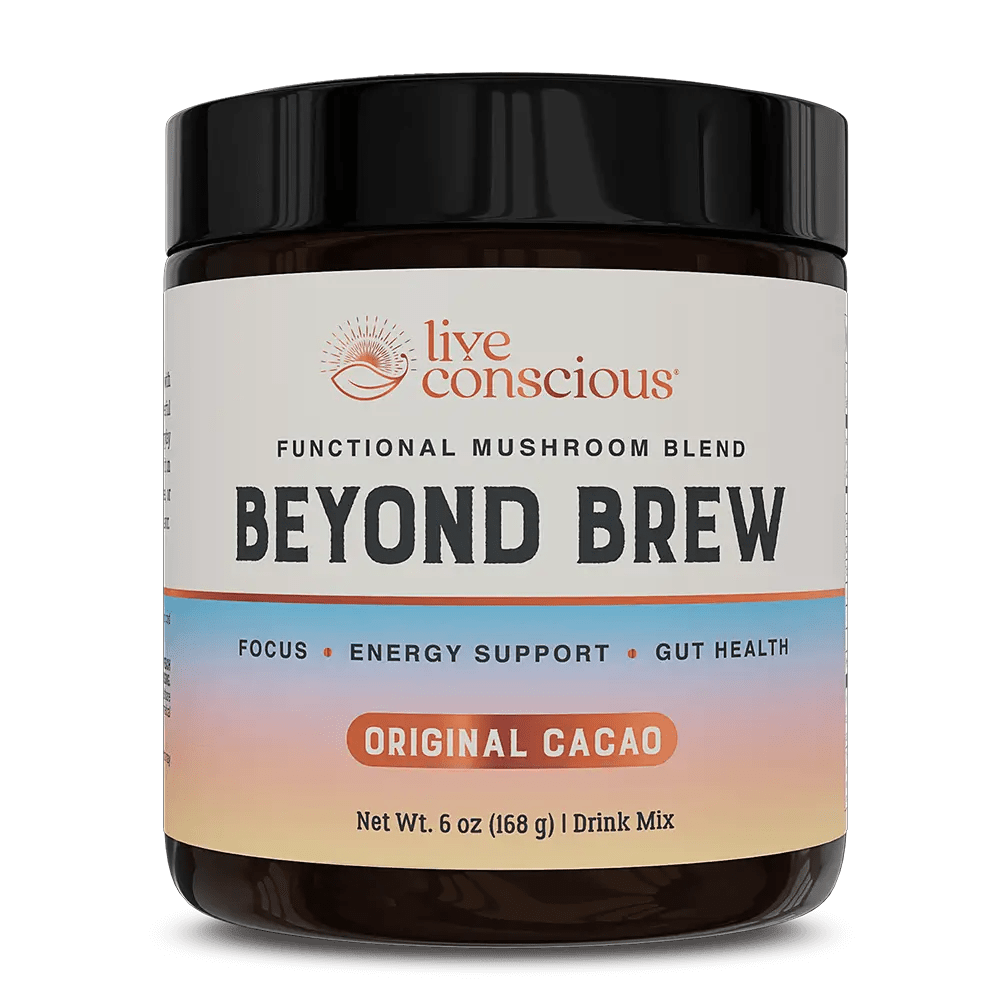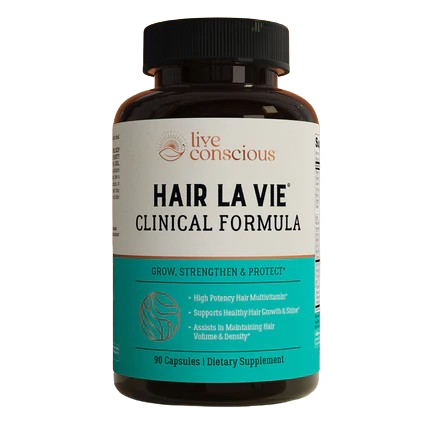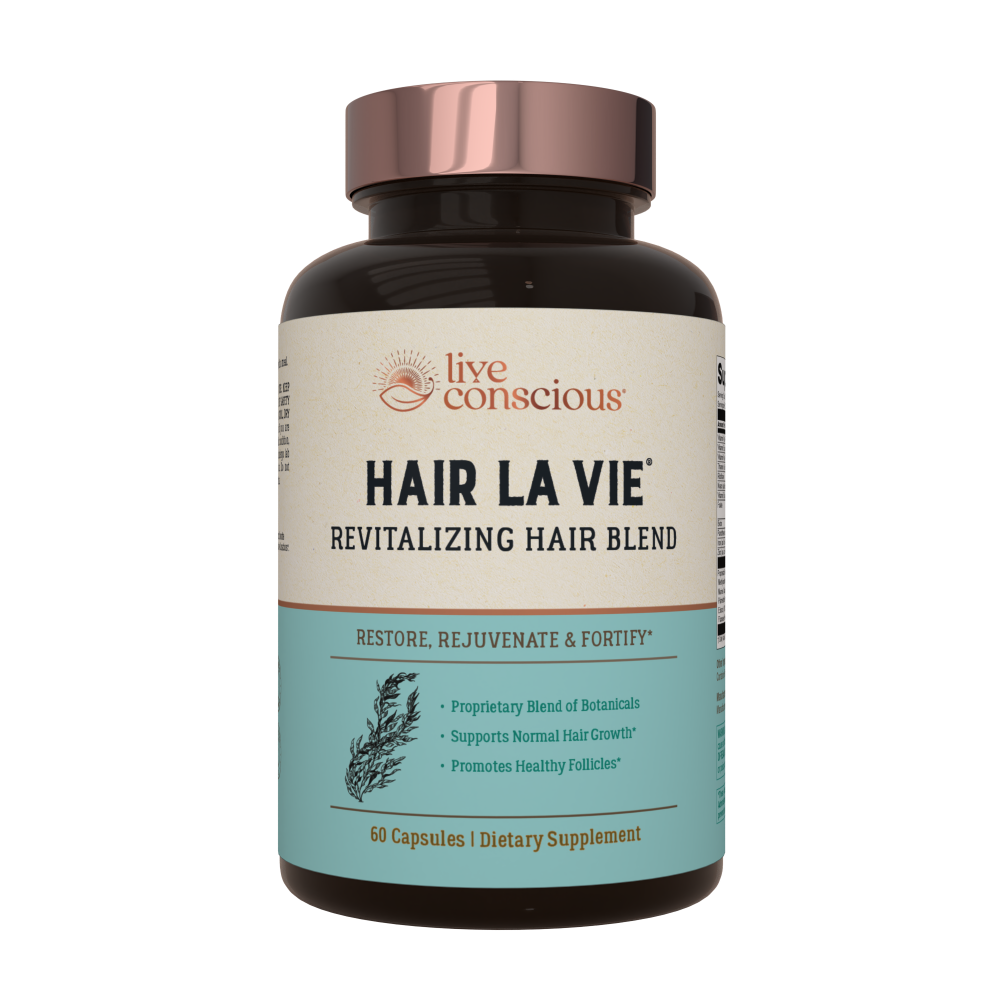Are you at work right now? Wasting a little time reading some articles. Maybe you spent your workday dealing with a co-worker who’s going through a breakup. Or, you planned how you’re going to spend your weekend. And then oops–another meeting.
Work is full of distractions that have nothing to do with work: the environment, your coworkers, and even distractions you create yourself. So how do you overcome this problem to focus on your work?
Workplace Distractions
It’s not just you, so don’t beat yourself up about it. Today’s world is more connected, which is fantastic, but it also adds layers upon layers of distractions.
Can you imagine the workplace before computers and cell phones? Just getting a task done requires so much time and effort, and you certainly weren’t bothered 70 times a day by kids texting to ask where their shoes are and people sending snaps of their meals.
The studies are out there in abundance: distractions slow productivity, distractions can drop your IQ, different generations respond differently to distractions, etc. You don’t need the studies or the science to know that you’re just not as focused at work as you could be or as you want to be.

Udemy basically wrote the book on office distractions with their 2018 Workplace Distraction Report. You could easily waste at least an hour of work time digging into this research. They found that the top work distractions included:
♦ Chatty coworkers
♦ Office noise
♦ Checking personal devices/phones
♦ Changes in workplace environment (i.e., open concept offices)
Let’s look at some ways to combat these workplace distractions.
How to Combat Workplace Distractions
Narrow in on your biggest distractions, and pick the strategy that works best for you. You might get lucky and find that one strategy really does the trick, or you might need a whole toolbox full of techniques to stay on task. Customization and a little self-realization are the keys to success.
Stop the Noise (Or Add It)
Whether you need some noise, silence, or ambient sound–headphones are the trick. These not only give you the right auditory balance in an office where you can’t control the noise, but they also signal to co-workers that you’re busy.

Stop Multitasking
People who pride themselves on their multitasking abilities love this about themselves, but the problem is, multitasking doesn’t work. The Cleveland Clinic dives deep into multitasking in an article, but they’re not the only scientific group to come up with this conclusion.
Make Healthy Choices
Ugh, it seems like this advice creeps into every article you read. Long gone is the idea of partying all night and then grabbing a coffee and donut and working all day.
Your body and brain work best when you’re getting all the right nutrition, exercising, and getting a full night’s sleep. It’s not always going to happen, and it’s not always possible, but making this a priority puts you ahead of the game in more ways than work.
Kill the Monkey Mind
The American Institute of Stress details the three parts of your brain: lizard, monkey, and human. Lizard is your basic needs, the monkey is basic responses and instant gratification, and human is the higher thoughts. Distractions often feed the monkey.
Working hard to delay the need to google “vacation destinations” or to check your email or Facebook can help you kill the monkey and stay focused.

Know Your Productive Times
Whether it’s right away in the morning when you’re still drinking your cup of coffee or late at night when you hit your stride, you know when you’re most productive. Use that to your advantage to schedule difficult tasks for maximum focus.
Develop a Work Rhythm
There are different methods of working that play with that modern need to break and follow your monkey brain down the rabbit trail of internet oddities. These rhythms set schedules of focused and dedicated time for work and then shorter breaks for downtime. It’s like the modern version of a cigarette break.
More on Work Rhythms
Work rhythms are a fantastic way to approach workplace distractions. In fact, they can be so effective that they transfer to your home life to make you more efficient and to give you more free time to read that novel you’ve heard about, go for a walk, play pickleball, spend quality time with friends and family, and more.
So, while the following are “proven” work rhythms, that doesn’t mean that they’ll work for you. Which one(s) you choose and how you implement it is up to you. Trial and error is the best approach.
Pomodoro Technique. This rhythm requires you to set an egg timer, and then stay focused on one task for 25 minutes. No breaks, no distractions. When the buzzer goes off, you get 5 minutes to do whatever you want. Then you start again.
Ultradian Rhythm. The Pomodoro often comes under attack for not giving people enough dedicated time to accomplish a task. If this is true for you, then using your body’s natural 90-minute rhythm can help. Focus for 90 minutes, then take a 15-minute break.
Desktime Variation. Too short, too long–how about just right? The desktime variation lands in between the other two techniques to give you 52 minutes of work with a 17-minute break.

Getting Things Done. The GTD approach focuses on accomplishments. List your tasks by difficulty and time involved and start ticking off the easy things. Larger tasks should be broken down into smaller ones, and then knock them out too. The more you feel like you’re accomplishing, the more productive you are.
For more tips for using at work and for helping stick to your journey of health-lightenment – follow Live Conscious on Facebook @weliveconscious and Instagram @weliveconscious.
Waking Up To Wellness
Have you listed your distractions and the things that tear you away from being productive? They can be things that drive you crazy or things you like to do; either way, they’re stopping you from being your best at work. When you know what distracts you, it’s easier to start fighting back.
There are a few tips that can instantly help you signal to your coworkers that you’re busy and set the stage for a customized, productive environment. Start the day by making healthy choices, try wearing headphones, retrain your brain to fight the urge for instant gratification, and make the most of your productive times.
One of the best ways to combat a lack of focus at work is to develop your own work rhythm that helps you tend to the tasks at hand. Play around a little to see how much time you need to accomplish a specific task and how long you can put off checking your email. Then notice how great you feel when you can check things off your to-do list because you’re more productive.



















